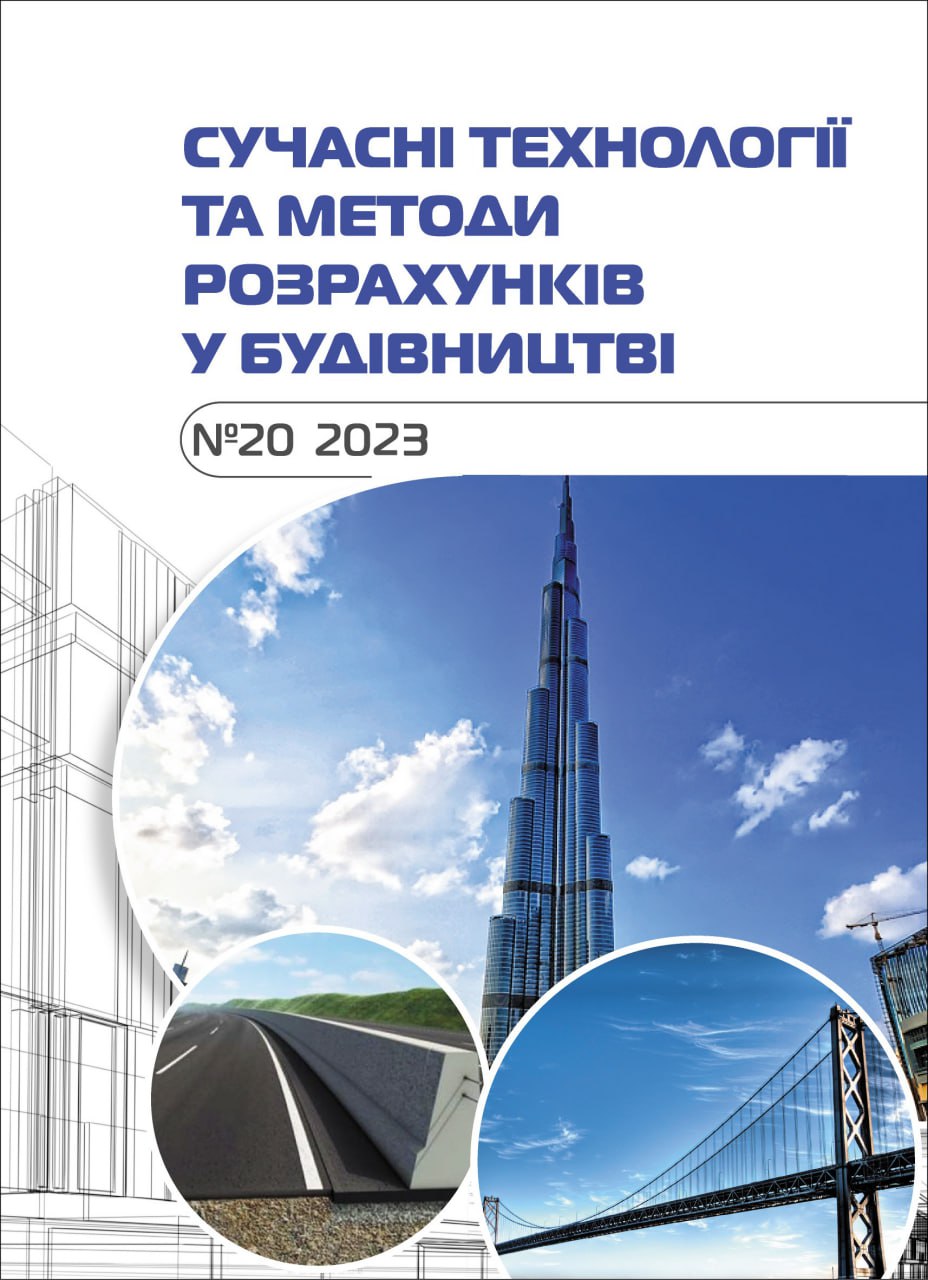Study of mass transfer, heat and mass transfer processes during intensive dehydration and hardening of capillary-porous bodies (on the example of concrete for road pavement)
Abstract
Concrete is a capillary-porous body (both during intensive dehydration and during curing). To analyze heat and mass transfer processes, the well-known system of differential equations of heat and mass transfer obtained by academician A.V. Lykov is usually used. This system takes into account all types of energy and matter transfer, including those arising from the interaction of heat and mass flows. In particular, in the process of steam-heat treatment due to increase in moisture content of concrete specimens, excessive lumps grow, which do not relax due to moisture transport. With the increase in moisture content (especially surface layers) and internal excess lumps, a volume-stress state in the material occurs, where tensile tangential stresses exist, which leads to the deformation of the material structure that is formed.
In this paper, the influence of intensive dehydration of concrete on the processes of moisture exchange and moisture transfer is investigated. Kirpichev's mass transfer criterion is applied as a criterion of moisture transfer in the process of heat treatment, which characterizes the intensity of external mass transfer compared to the external intensity of substance transfer. The main regularities of mass exchange and mass transfer in the processes of intensive dehydration of concrete are established.
The processes of heat and mass transfer are related to each other, so the purpose of this research is mathematical modelling of the processes of heat and moisture treatment of concrete in the generalized formulation of the problem. A concrete product in the form of a vertical plate of unlimited dimensions of finite thickness is considered as an object of research.
The results of investigation of heat and mass transfer processes during concrete hardening are compared with the data obtained by modelling of these processes under selected boundary conditions. The analysis of experimental data and their comparison with the results of numerical solution of the mathematical model show the possibility of its application to describe the processes of heat and mass transfer during concrete hardening.








